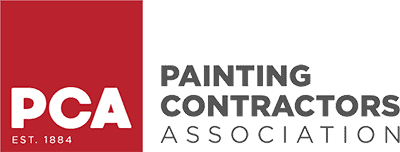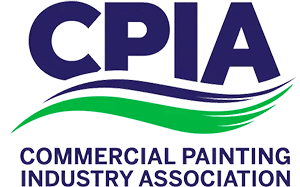Keeping your building in its best shape may feel like an uphill battle. When it comes to painting, there are many challenges that building owners in Houston face. Thankfully, there are ways to identify and solve these problems easily through proper painting prep and by utilizing the right materials.
One of the best solutions when facing building upkeep issues is to make sure that your surface is properly prepared before painting. Working with a professional painting company will ensure that your surfaces are well prepared with repairs, patches, sanding, and other prep steps to keep your surfaces looking their best while keeping your structure safe. Understanding that a well-prepared surface leads to longer-lasting results is the first step in having a well-cared-for building. With this in mind, here are a few of the most common paint challenges building managers experience, and how to solve them:
 Color Fading
Color Fading
Sunny days in Houston are always a welcomed perk of living in the Bayou City. When it comes to your building’s surfaces, however, direct sunlight isn’t always considered a positive aspect. After constant time in the sun, the paint both inside and outside your building may not look as crisp and bright as it did when you first had it painted. When this happens, you may notice some chalky, discolored spots while other areas look brighter and more vibrant.
The UV rays from the sun will dull your paint color and therefore reduce its effectiveness to protect your surfaces. While the simplest way to avoid color fading is by staying out of direct sunlight, this isn’t possible for exterior surfaces.
Interior surfaces can be protected by window treatments like shades or tints that reduce the amount of harmful UV rays which can also positively impact cooling costs. For your building’s exterior, scheduling your exterior painting more often, especially for the sides of your building that get the most exposure. Choosing lighter colors for your building’s exterior helps reflect light, therefore reducing the damage caused by sunlight.
 Water Damage
Water Damage
Depending on what your building is used for and where you are located, water damage may be of high concern for your building’s structural integrity. When it comes to weather, the rainy months produce unwelcome conditions for water to pool in areas that can potentially cause damage to your surfaces. From weak points in roofing all the way to your foundation, water can cause significant damage if left to its own demise.
If water is allowed inside your building’s surfaces the damage can range from minor issues like a change in humidity to major issues like wood rot or mold and mildew buildup. Inside your building, water may be found causing bubbling behind painted surfaces or you may notice discolored soft spots on walls. If mold is present, you may notice an increase in allergy-like symptoms for its inhabitants that are relieved when they make their way to fresh air. If these signs of unwanted water entry are found, there may be damage that lies beneath.
The easiest way to avoid water damage is by preventing water from pooling in and around your building. After the next rainfall, check around your building’s perimeter to see if there is any excess water accumulating. Inspect gutters and downspouts to make sure there are no blockages. Finally, keep your roof in good shape by scheduling regular maintenance and inspections.
Paint Failure
Over time, your paint itself will begin to deteriorate. This is a normal process in the lifespan of any paint as it has done its job of protecting your surfaces. Keep an eye out for signs that your paint is nearing its expiration date so that you can schedule your painting contractor to make the proper updates before your substrate is exposed.
Peeling Paint
Peeling paint is most likely a sign that your paint did not dry properly when it was applied. If you notice paint comes off easily after cleaning your surfaces or is not evenly covering your building, it means it is time for an update.
 Chipping or blistering
Chipping or blistering
Chipping or blistering paint is another sign of improper application when your paint was first applied. It can also be a sign of damage due to water or weather. It is best to consult with a professional as soon as you notice chipping or blistering paint to avoid any extensive issues.
If your paint is showing signs of any of these issues, it may be best to just let professionals take care of the job. With the proper tools and understanding of how paint interacts with your surfaces, a painting contractor can repair your surfaces to their optimal state.
When it comes to tackling paint challenges, the experts at Streamline Painting have the experience and tools to get the job done right. From repairs due to weather damage or poor application, the licensed and fully trained professionals come equipped with the knowledge and ability to keep your surfaces protected. Schedule your free consultation today and let us help restore your building.

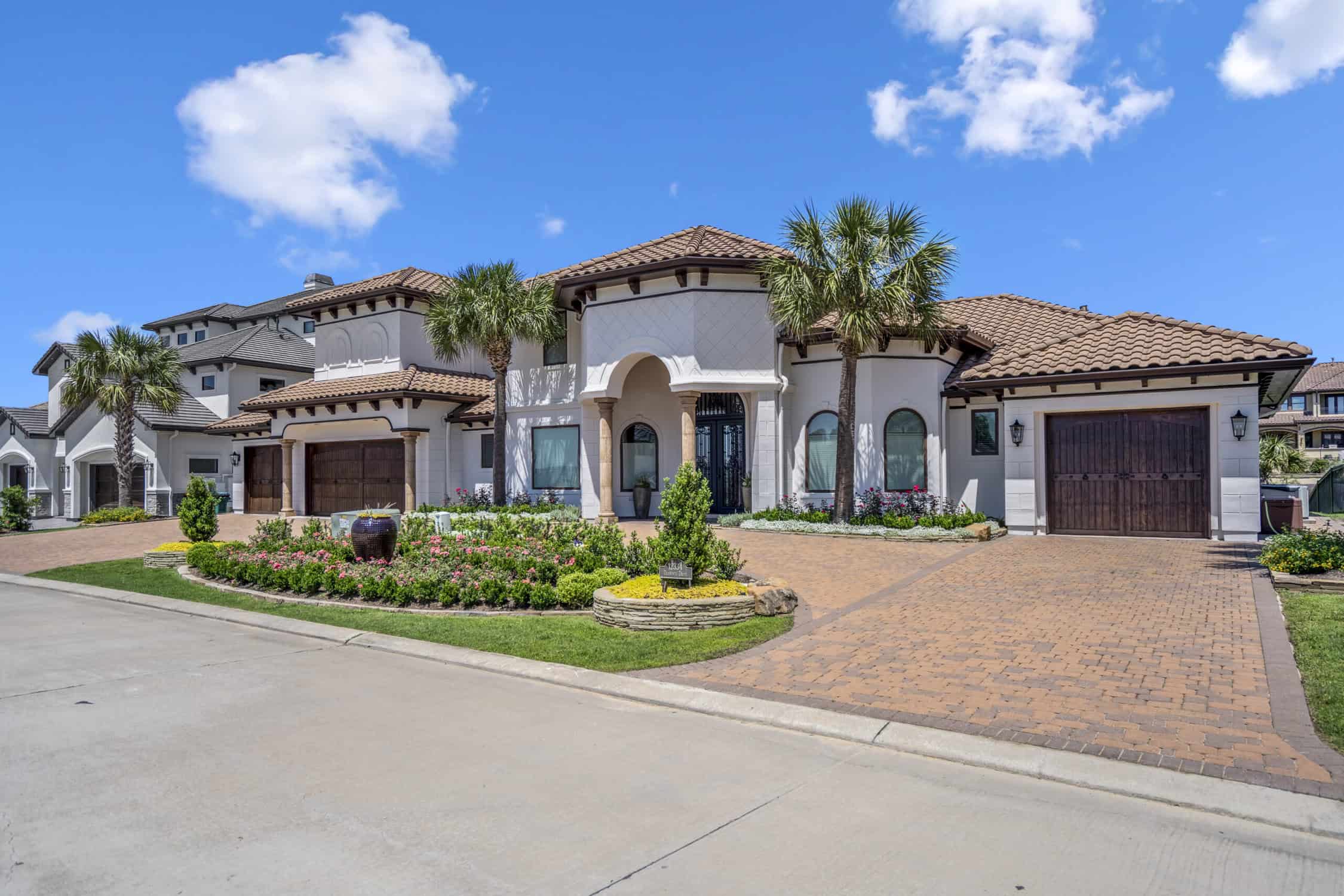


 Color Fading
Color Fading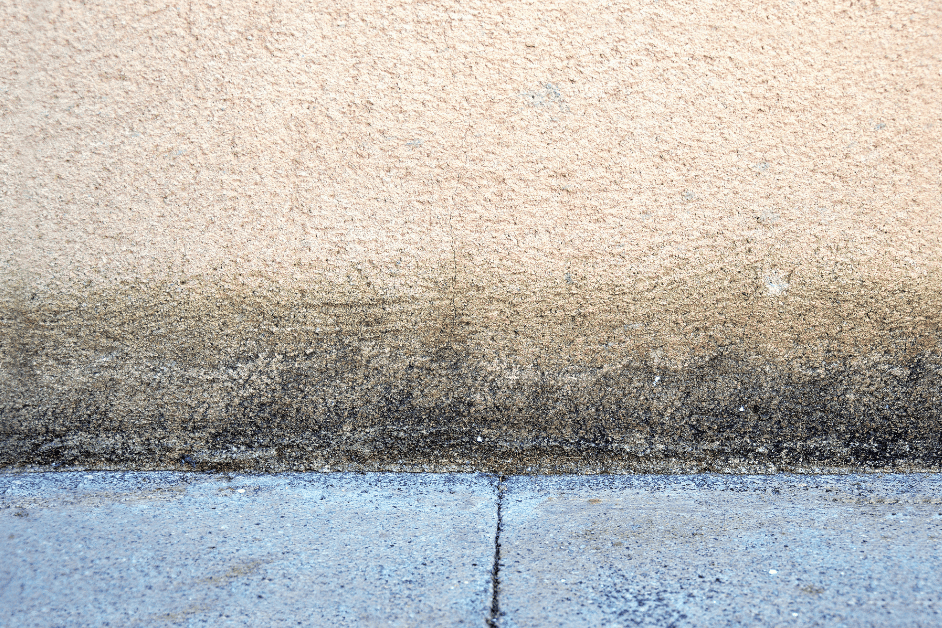 Water Damage
Water Damage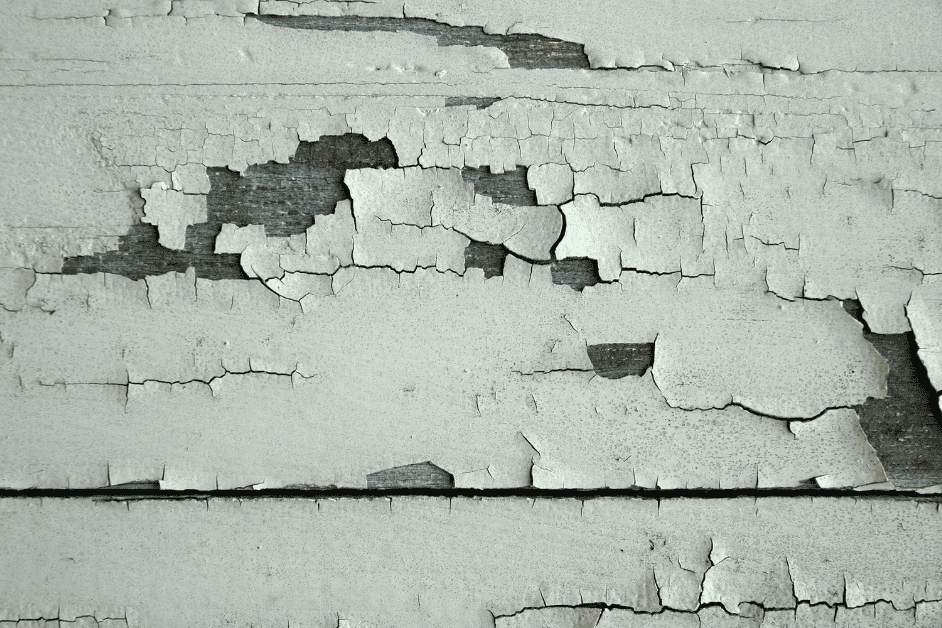 Chipping or blistering
Chipping or blistering 
